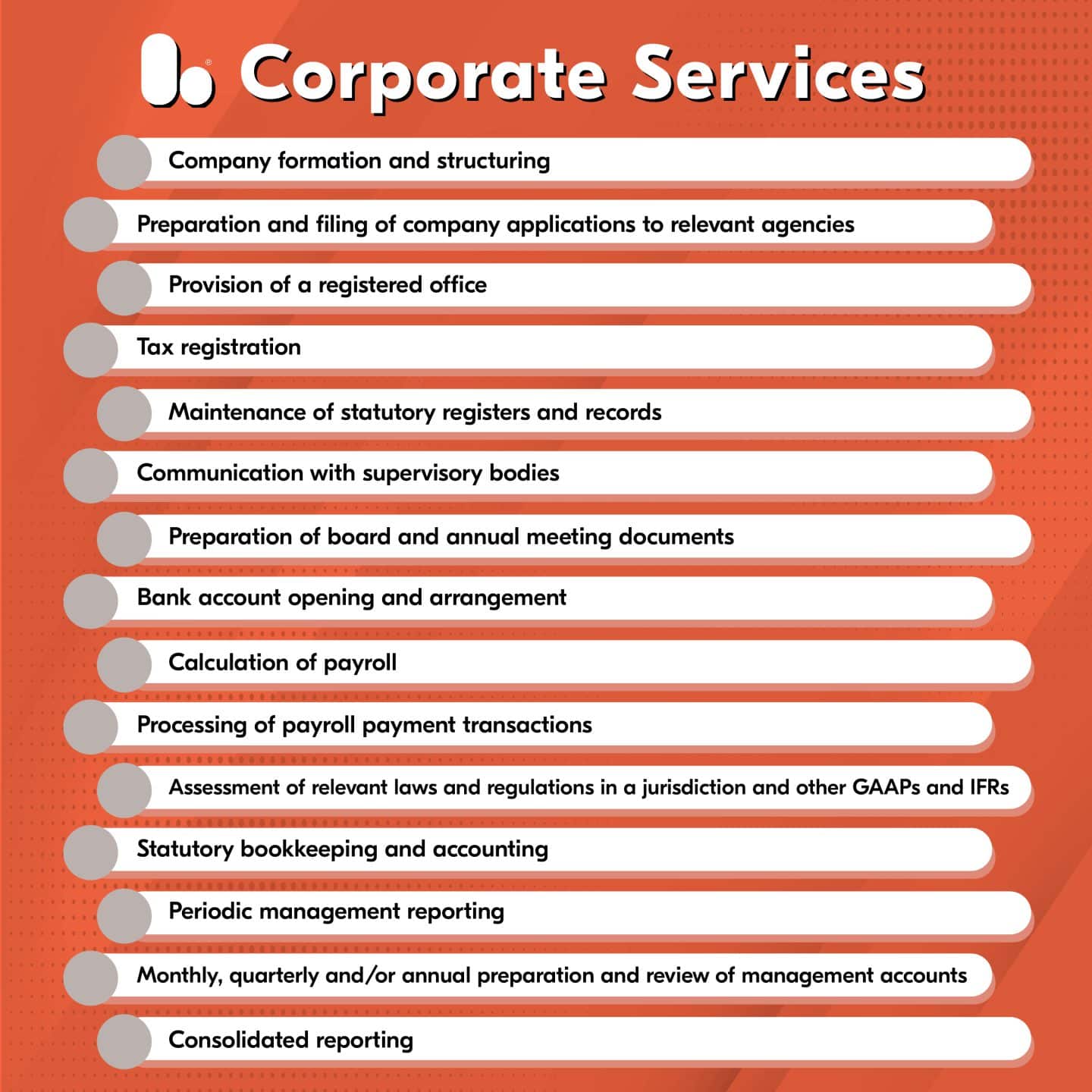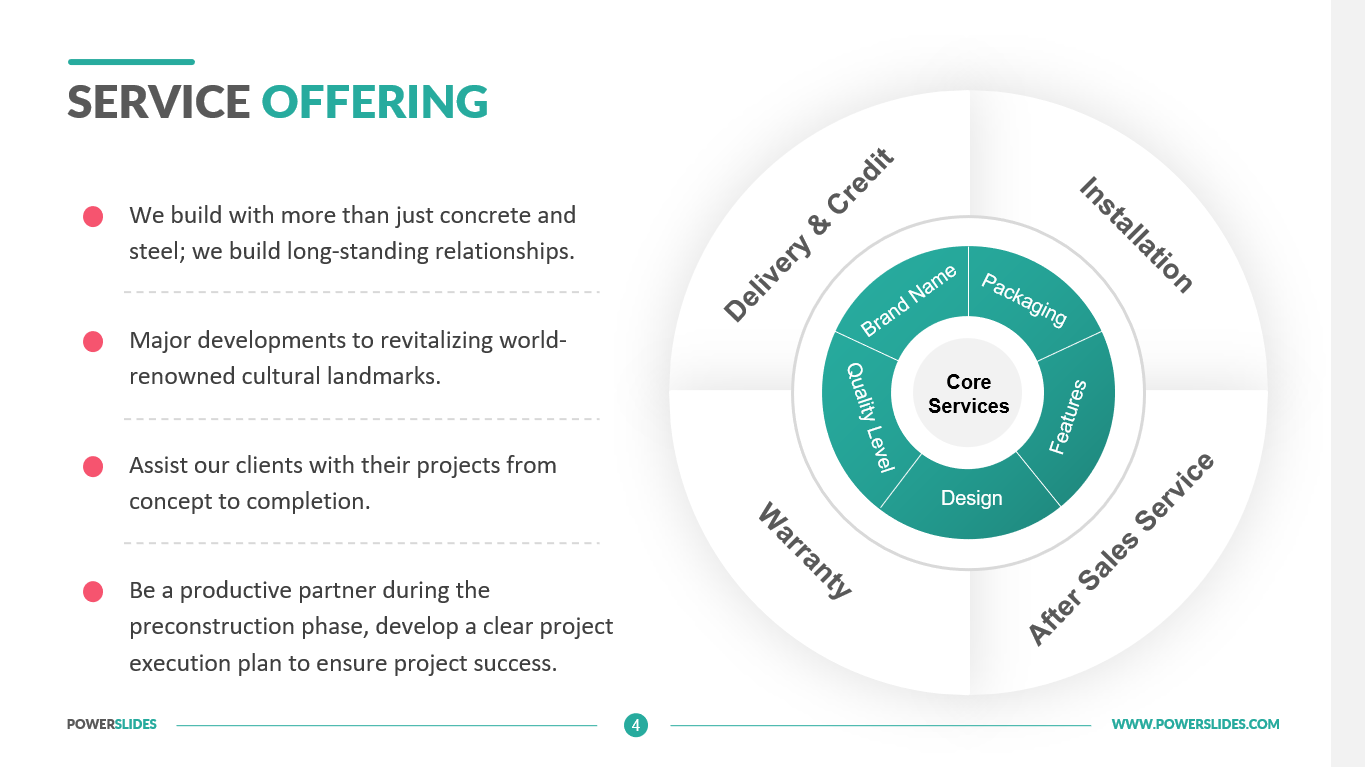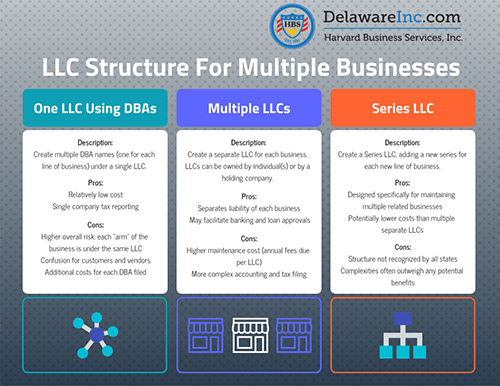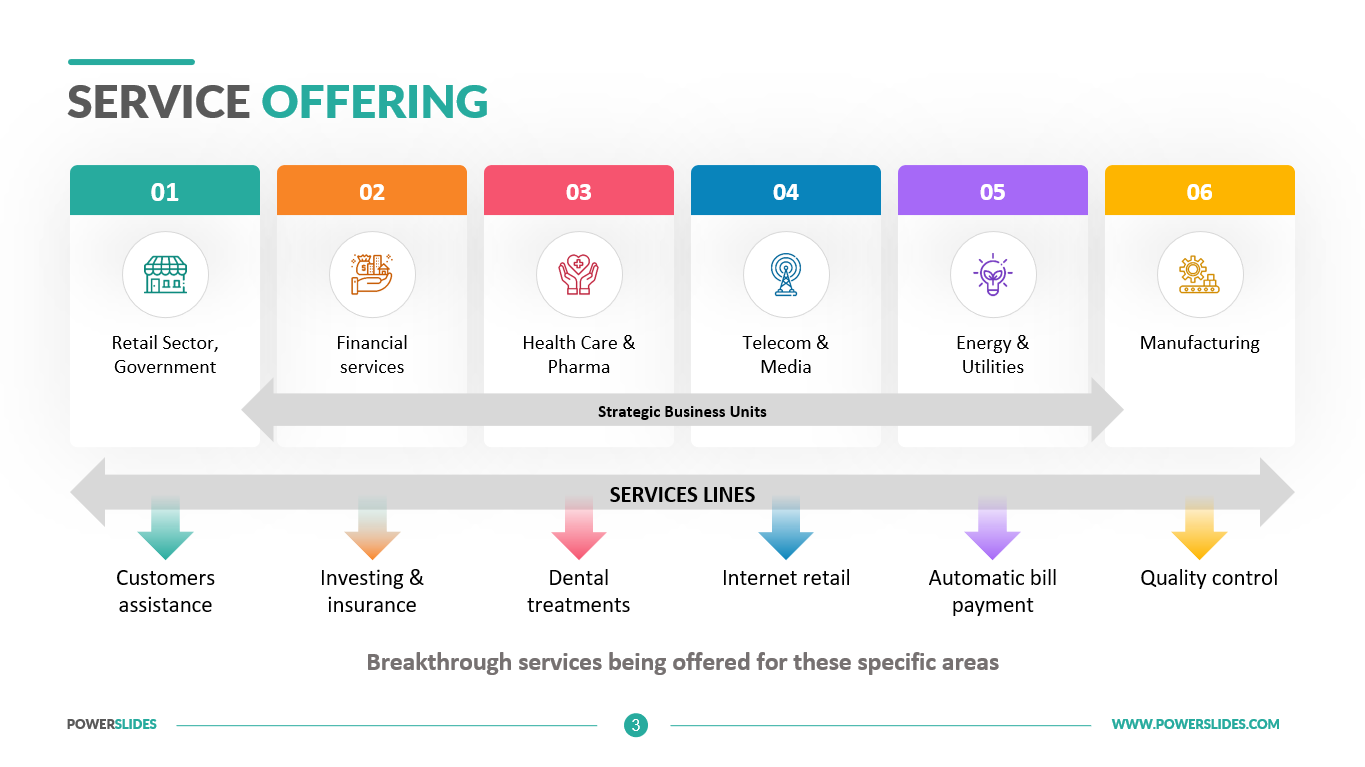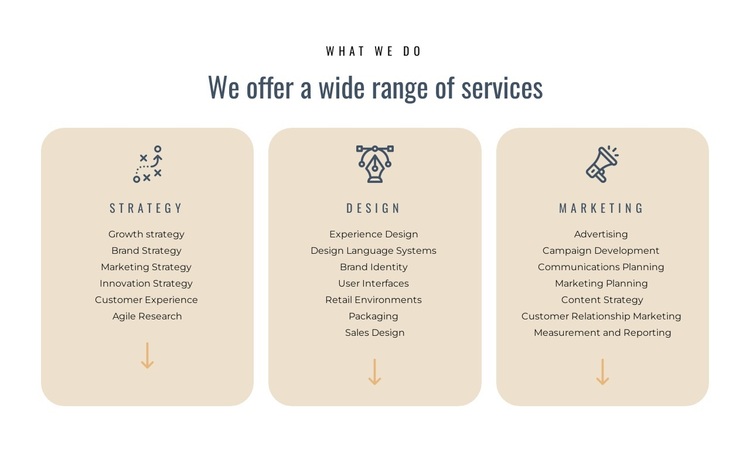Can One Business Offer Multiple Services

Businesses are increasingly diversifying their service offerings to capture broader market segments and boost revenue. This trend raises critical questions about operational efficiency, brand consistency, and customer expectations.
The Rise of Multi-Service Businesses
The move toward offering multiple services is not new but has accelerated due to digital platforms and changing consumer behaviors. A 2023 study by Accenture revealed that 63% of consumers prefer to purchase multiple services from a single provider. This demand encourages businesses to expand beyond their core competencies.
What are the benefits? Companies aim to increase revenue streams, enhance customer loyalty, and reduce operational costs by bundling services. Who is doing it? Everything from small startups to large corporations are adopting the multi-service model.
One example is Amazon, which started as an online bookstore and now offers e-commerce, cloud computing (AWS), streaming services (Prime Video), and artificial intelligence solutions. Another example is Starbucks now offers delivery, merchandise, food and drinks.
Challenges and Considerations
Diversifying services isn't without its challenges. Maintaining brand consistency across disparate services is crucial. A diluted brand can confuse customers and erode trust, says a 2024 report by Deloitte.
Operational complexities increase with each new service added. Training employees, managing different inventory systems, and coordinating marketing efforts become significantly more demanding. According to a Harvard Business Review article, 75% of diversification efforts fail to meet initial revenue projections due to poor execution.
Customer experience can suffer if a business lacks the expertise or resources to deliver quality across all services. Negative experiences in one area can negatively impact the perception of the entire brand. Where are the problem areas? Customer service, technology integration, and employee training consistently rank high.
Strategies for Success
Businesses must strategically approach service diversification. Thorough market research is essential. This ensures that new services align with customer needs and complement existing offerings.
Building a strong organizational structure is also crucial. This often involves creating dedicated teams or departments for each service. How are companies adapting? Many are adopting agile methodologies and investing in robust technology infrastructure.
Focus on employee training and development. Employees must be adequately trained to deliver consistent, high-quality service across all offerings. A 2022 survey by PwC found that companies with comprehensive training programs experience 24% higher profit margins.
Future Trends
The trend toward multi-service businesses is expected to continue. The integration of artificial intelligence and automation will play a significant role. When will we see the biggest changes? The next 3-5 years are critical, according to industry analysts.
Personalization and customization will become increasingly important. Businesses that can tailor their service offerings to individual customer needs will have a competitive advantage. Consumers will expect seamless integration and a unified brand experience.
Companies need to constantly monitor performance and adapt to changing market conditions. Why is this important? Because consumer preferences, technology, and new market entrants will reshape the service landscape.
Ongoing Developments
Businesses should prioritize data analysis and customer feedback to fine-tune their multi-service strategies. Next steps include investing in advanced analytics tools to understand customer behavior. They also need to implement continuous improvement processes to enhance service delivery.
Monitoring competitor activities and industry trends will be crucial for staying ahead of the curve. Businesses must be prepared to adapt and evolve their offerings to meet the changing demands of the marketplace.

